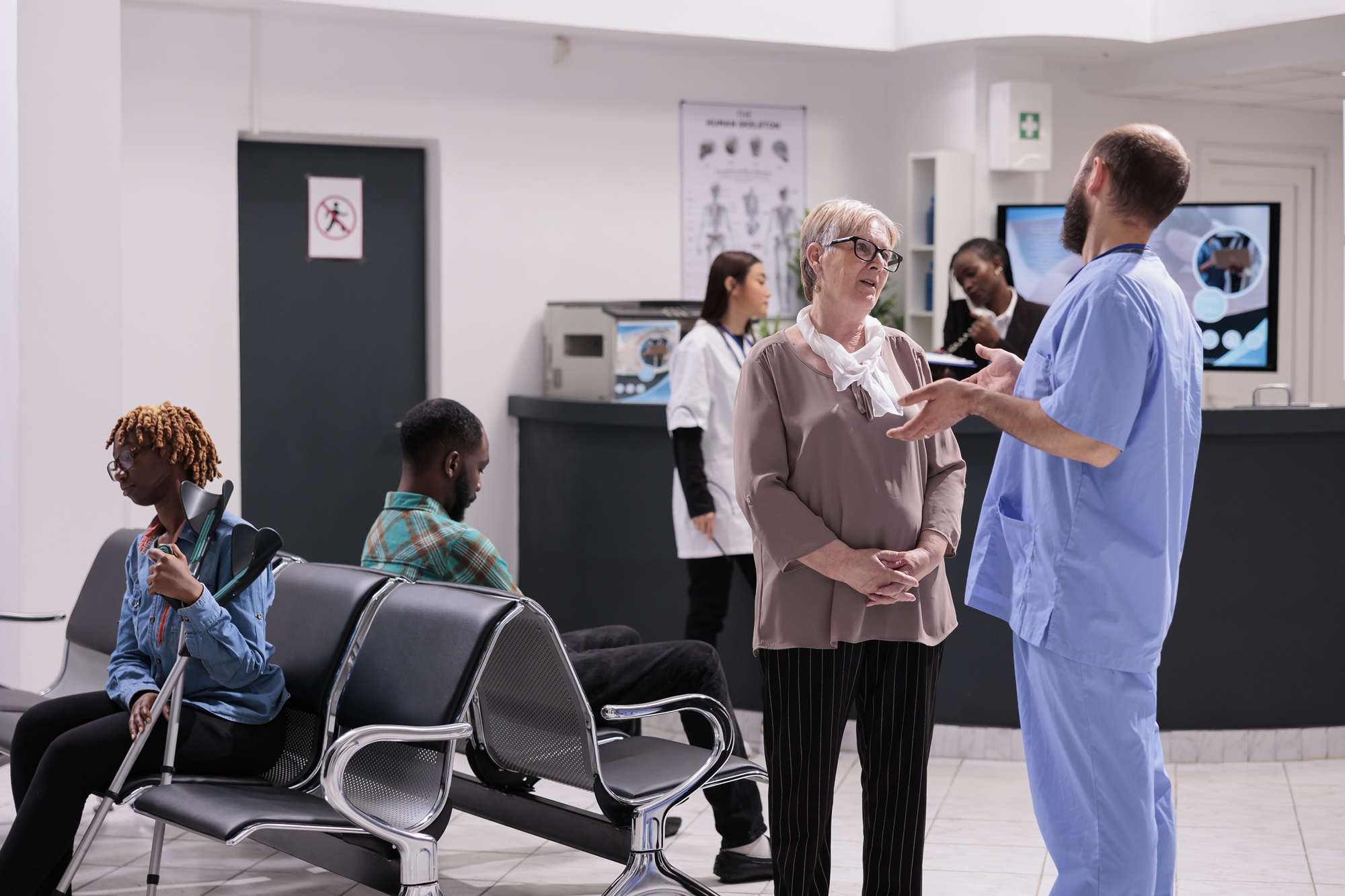- Choosing the right care setting can save time, money, and stress.
- Primary care is best for routine checkups and ongoing health needs.
- Urgent care is for non-life-threatening but immediate problems.
- The ER (emergency room) should be reserved for life-threatening emergencies.
Why It Matters.
When you or a loved one gets sick or hurt, deciding where to go for care can be overwhelming. Should you call your doctor, rush to the ER, or stop by urgent care? Making the right choice not only affects your health, but also how quickly you get treated and how much it costs.
According to the Centers for Disease Control and Prevention (CDC), U.S. emergency departments see over 130 million visits each year. Many of these visits could be handled at urgent care or with a primary care provider. Understanding the differences helps ensure ERs remain available for true emergencies.
Primary Care: The First Line of Defense.
Primary care providers (PCPs) are doctors, nurse practitioners, or physician assistants who know your health history. They handle routine checkups, preventive screenings, and chronic conditions like diabetes or high blood pressure.
Examples of when to call your PCP:
-
Annual physicals and vaccinations
-
Medication refills or adjustments
-
Ongoing management of conditions (e.g., asthma, arthritis)
-
Non-urgent concerns like mild rashes or back pain
The Agency for Healthcare Research and Quality (AHRQ) highlights that strong primary care improves health outcomes and lowers overall costs.
Urgent Care: Quick Help for Minor Emergencies
Urgent care centers fill the gap between primary care and the ER. They are designed for illnesses and injuries that need attention soon but are not life-threatening.
Good reasons to visit urgent care include:
-
Sprains, minor fractures, or cuts needing stitches
-
Ear infections, sore throats, or sinus issues
-
Mild asthma attacks
-
Fever without severe symptoms
These clinics are often open evenings and weekends, offering faster and cheaper treatment than ERs. The American College of Emergency Physicians (ACEP) advises urgent care for conditions that require prompt attention but are not critical.
Emergency Room: For Life-Threatening Situations
The ER is the right place for severe, life-threatening emergencies. Emergency departments have advanced equipment and specialists to treat the most serious conditions.
Seek emergency care immediately if you experience:
-
Chest pain, pressure, or difficulty breathing
-
Sudden weakness, numbness, or confusion (possible stroke)
-
Severe bleeding or major trauma
-
Seizures or loss of consciousness
-
Severe allergic reactions (anaphylaxis)
The National Institutes of Health (NIH) provides guidance on when to call 911 versus going to the ER. When in doubt, err on the side of caution and call for emergency help.
A Simple Way to Decide
Think of it this way:
-
Primary care: Best for ongoing health and non-urgent needs.
-
Urgent care: For immediate but not life-threatening problems.
-
ER: For life-threatening emergencies.
If you are unsure, you can often call your PCP’s office or nurse advice line for guidance. And remember—if you or someone else is in severe distress, call 911 right away.
✅ Choosing wisely can save lives, reduce unnecessary ER visits, and keep healthcare costs lower for everyone.





